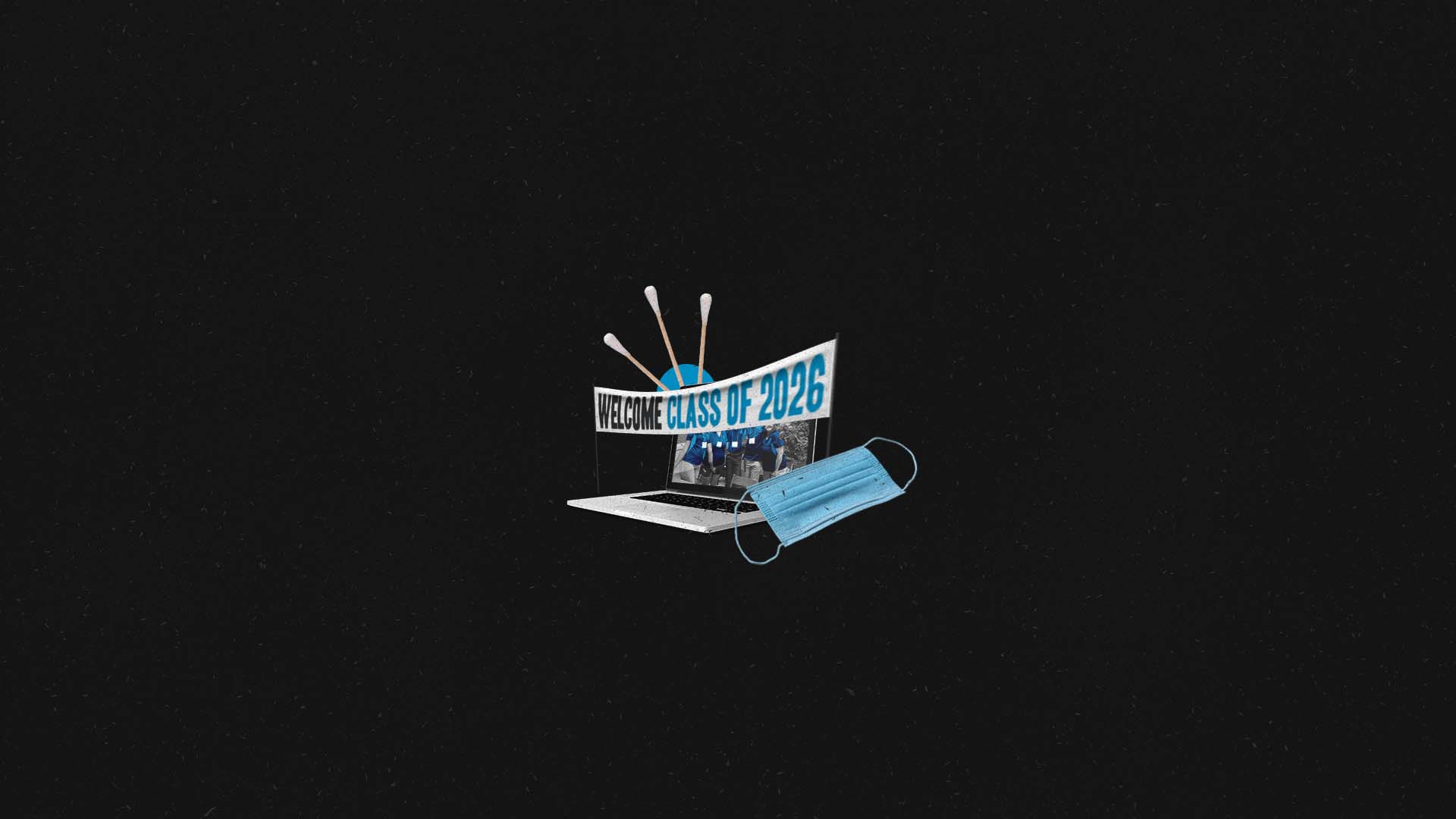
The Disorientation of Summer Orientation
COVID-19 threw every university into the land of the unknown.
In early 2020, practically overnight, universities had to transition all students to remote-first learning, as well as adjust every aspect of the institution to run from kitchen tables, bedrooms, and other non-traditional office spaces.
When it looked like the coronavirus wasn’t going away any time soon, universities then had to begin looking at altering their future events and course plans. At the very least, they needed to create a backup, virtual plan, for every previously in-person event, including orientation.
Orientation has traditionally provided transfer and first-year students the opportunity to get to know their peers, explore their new home, and prepare for the semester ahead. As lecture hall presentations gave way to living room Zoom calls, some aspects were lost in translation. Signing up for courses, or learning about on-campus resources—the more practical tasks— transitioned tolerably well to a remote experience. But despite universities’ best efforts to recreate the in-person experience via group chats and breakout rooms, some things just can’t be simulated through a screen.
Universities had to do what they could given the circumstances and resources available to them. For most, 2020 was the first time they had to adjust their decades-old game plan. In doing so, they were forced to step back and assess. What was important to the summer orientation experience — what was essential for students to know and do — and what was fluff? What resources are needed? How important is it for students to interact with each other? How can students be best prepared for the upcoming semester?
The answers to these questions varied greatly from school to school.
Some found that these new ways of doing things worked better for them and their students (less money, greater flexibility) and have decided to keep all or some of them. For others, the processes implemented during COVID served more like a bandaid — something to stop the bleeding but could be removed quickly when needed.
One example of a school that has kept COVID procedures in place is the University of Washington, where they are continuing to hold orientation 100% remote and over Zoom. Another example of a school continuing COVID procedures is the University of Minnesota, where transfer students have been given the opportunity to attend orientation either in person or remotely.
As most schools are back to normal, pre-COVID operations for the entire institution, summer orientation is being treated the same — on-campus and in person.
With the safety of students and faculty of the utmost importance, there are policies in place at all schools to help maintain a safe environment. For example, students at the University of Maryland are required to upload their COVID-19 Vaccination Card (or exemption) prior to orientation in order to attend orientation or register for classes. Despite these variables, most universities have policies requiring face mask use at all times except when eating, and proof of a full COVID-19 vaccine series or a negative COVID-19 test within one day of their orientation (Happily, PCR results count).
COVID-19 has forced universities — like all businesses, institutions, and individuals — to adapt in unpredictable ways. While the pandemic will eventually abate, one thing seems certain: Summer orientation remains vital to building a firm academic and social foundation for incoming students and will not be going anywhere anytime soon.